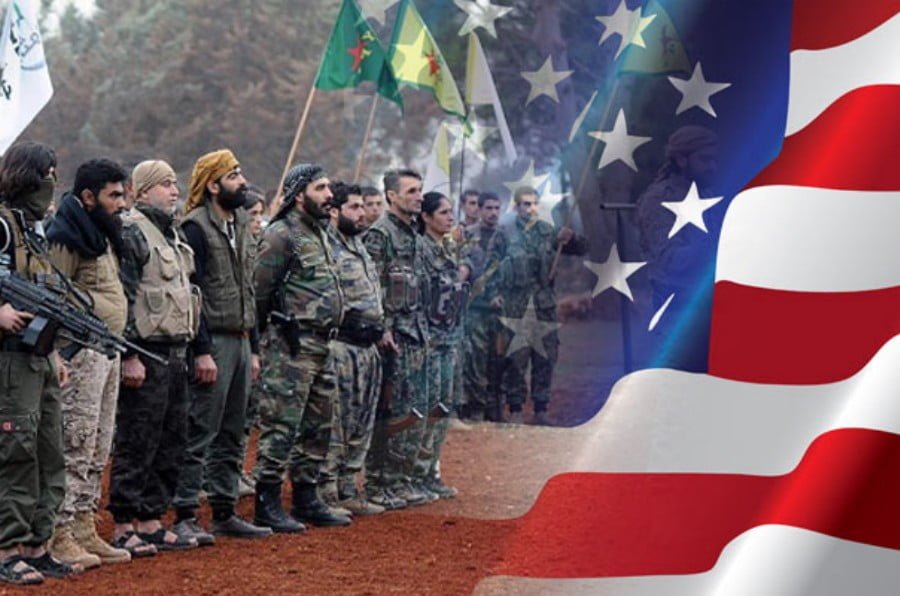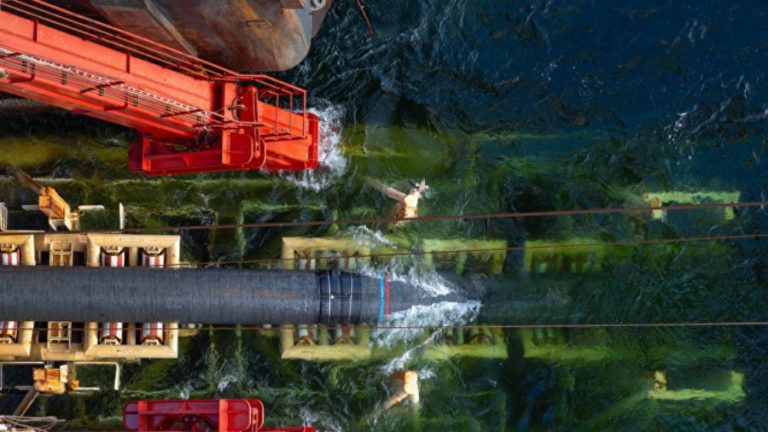Is There a Brighter Future for Afghanistan
It goes without saying that Afghanistan has a special geopolitical, geo-strategic and geo-economic importance, that is why its territory has become an arena of bitter rivalry between various external and internal forces. This country has gained particular importance in the regional and global game amid the background of its neighbors, namely Kazakhstan and Uzbekistan, having largest uranium reserves in the world, while the Gulf and the Caspian Sea, adjacent to Afghan territory, holding an extensive amount of energy reserves within the region.
However, Washington’s think tanks have found themselves in a deadlock as a result of their strategy for Afghanistan and the region. Despite the fact that the US has wasted hundreds of billions of dollars on this region, it has achieved no strategic objectives, the most important of which were the so-called projects of the “Greater Middle East” and of “Great Central Asia”. If no fundamental adjustments are made to US strategy both at the global and regional levels, the situation will only get increasingly complicated. At that point, Washington would be unable to hide the utter and complete failure of its designs in Afghanistan, and in Central Asia as a whole.
However, there is little chance that in the near future it would be possible to hold an international conference on Afghanistan, due to the extreme disparity of positions that leading players have. While we are seeing signs of a common political understanding between Moscow, Beijing and Islamabad that may result in the creation of a comprehensive plan to stabilize Afghanistan, the difficulties are numerous.
According to the Huffington Post, until recently, power in Afghanistan, was disputed by a total of three forces: the government in Kabul, the Taliban and the Islamic Party of Gulbuddin Hekmatyar. The Taliban, in essence, are the nationalists, since they’ve displayed no aspirations to export “Talibanism” to neighboring countries, as does ISIS (the Islamic State). In turn, the latter perceives the Afghan war as a way of expanding their caliphate across Central Asia.
In the autumn of 2014, when ISIS units were first reported to be infiltrating Afghan territory, this terrorist organization successfully recruited a number of low ranking commanders of the Taliban and the Islamic Party of Afghanistan. In the spring of 2015, ISIS was strengthening its position in Afghanistan even further, occupying new territories, which it could defend, including those far away from the borders of the country.
Although ISIS competes with the Taliban, one cannot exclude the possibility of these two movements working together at some point, especially against the backdrop of growing anti-American sentiments in the country. In addition, the string of terror attacks that have shaken Afghanistan to its core shows that both movements are capable of using terror as a way of displaying force, although their goals remain very different. Thus, the attack on the German consulate in Mazar-e-Sharif the Taliban explains was carried out “as a retaliation for the US bombing in Kunduz province,” even though this attack resulted in massive civilian casualties. As for the terrorist attack that ISIS carried out on November 21 in a Shia mosque in Kabul, this attack, as we are being told, was motivated by anti-Shia sentiments of this terrorist organization.
At the same time, we must recognize that the balance of power in Afghanistan in recent years has been shifting in the Taliban’s favor, although the situation still remains unstable.
The Taliban is recognized as a terrorist organization by the UN Security Council. However, Washington to this date will only admit the terrorist nature of the Pakistani Taliban, while the Afghan movement is not featured on State Department’s terror groups list, even though after the 9/11 attacks, US troops were sent to wage war on the Taliban movement directly. Moreover, US media sources have repeatedly admitted that Washington was holding secret negotiations with the so-called “moderate Taliban.”
Nowadays, the Taliban mostly acts as a national liberation movement, and therefore, under certain circumstances, it can be recognized as a political force. The death of its leader, Mullah Omar, resulted in the shift of its strategy, which resulted in the Taliban abandoning the idea of global jihad.
The Taliban’s willingness to cooperate with other countries in the region in resolving the Afghan conflict has recently been reported by the Pakistani Express Tribune newspaper, that would cite an anonymous source from the movement’s leadership. The movement’s leaders have little confidence in the Kabul government, therefore the Taliban have expressed interest in peace negotiations with external players. For instance, it’s been reported that the Taliban welcomes the participation of Russia and China in the negotiations.
The possibility of a tripartite meeting to resolve the situation in Afghanistan can manifest itself in December, when Moscow is set to receive the representatives of Pakistan and China to hold extensive talks. Even though the participation of official Afghan authorities in these meetings has not been confirmed, it must be noted that Kabul’s security services have already contacted the Taliban representatives in Qatar, Dubai and Azerbaijan.
It’s imperative for all players, both internal and external, to seek a peaceful solution of the Afghan conflict. Currently a total of 45 thousand militants are operating in Afghanistan, with a quarter of these being migrants from other states, a UN report says. Therefore, the result of the trilateral meeting on Afghanistan in Moscow may have far-reaching implications for the future of this country and the region as a whole.
By Jean Périer
Source: New Eastern Outlook







